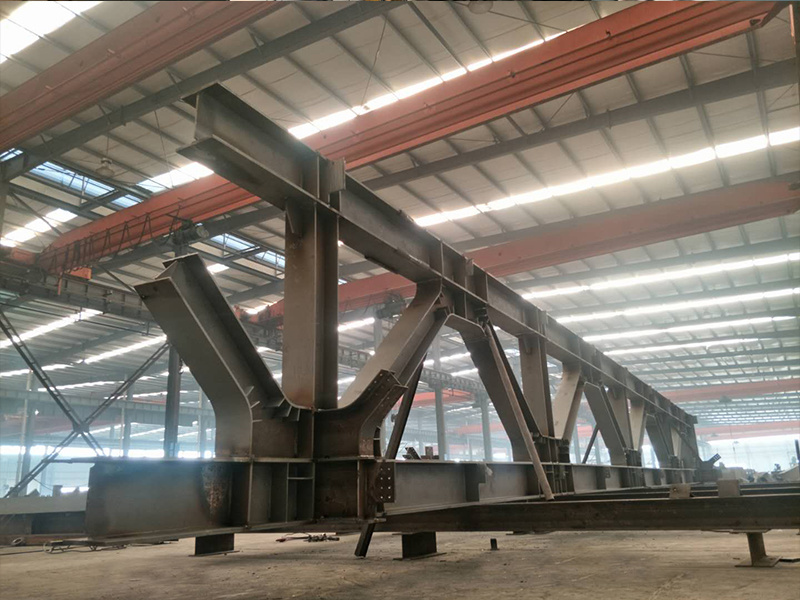Essential Guide to Steel Building Installation: Key Considerations for Your Construction Project
Release time:
2025-05-26
Steel building installation plays a crucial role in modern construction, providing the strength and durability required for various structures, from industrial warehouses to commercial spaces. Understanding the installation process is essential for ensuring that your project is completed efficiently, safely, and to the highest standards. **Planning and Preparation** Before any physical installat

**Planning and Preparation**
Before any physical installation begins, thorough planning is fundamental. This involves site assessments, obtaining necessary permits, and ensuring that all design specifications are clear and aligned with local building codes. Proper planning minimizes delays and unforeseen issues during the installation process. Collaborating with architects and engineers can help ensure that the steel structure is designed for optimal strength and utility.
**Foundation Work**
A solid foundation is crucial for any steel building installation. The foundation must be designed to support the weight of the steel structure and withstand environmental forces such as wind and seismic activity. Typically, concrete footings are poured to anchor the steel columns securely. Careful excavation and leveling are essential to create a stable base for the structure.
**Safety Measures**
Safety during steel building installation cannot be overstated. Workers should be equipped with personal protective equipment (PPE) such as hard hats, gloves, and safety harnesses when working at heights. Regular safety training and drills should be conducted to prepare the team for potential hazards. Establishing a comprehensive safety plan that includes emergency procedures is also vital.
**Steel Component Handling**
Handling steel components requires specialized knowledge and equipment. Crane operations are often employed to lift and position steel beams and columns. It's essential to have skilled operators and riggers on-site to ensure safe and efficient movement of materials. Additionally, proper sequencing of installation activities will help optimize labor and minimize downtime.
**Joining Techniques**
There are various joining techniques used in steel building installation. Bolting and welding are the most common methods. Each method has its advantages and considerations, depending on the specific requirements of the project. For instance, bolted connections allow for easier disassembly and adjustment, while welded joints provide enhanced strength and rigidity.
**Final Inspections and Quality Control**
Once the steel structure is installed, a thorough inspection should be conducted to ensure that all components are securely connected, aligned correctly, and free from defects. Quality control measures should be implemented throughout the installation process to meet industry standards and project specifications.
In conclusion, steel building installation is a multifaceted process that requires careful planning, skilled labor, and strict adherence to safety protocols. By understanding each aspect of the installation process, construction professionals can contribute to the successful completion of steel structures that are safe, durable, and meet the needs of the end-users.
Tag:
Related News


Can't find the service you're looking for? Contact us!
To inquire about our products, please leave your email to us and we will contact you within 24 hours.
Contact Us
Telephone:+86 15522531711
Landline:086 22-86220000
E-mail:18133150209@139.com
Address: Three Communities of Agricultural Corporation of Lutai Economic Development Zone, Tangshan City,China




